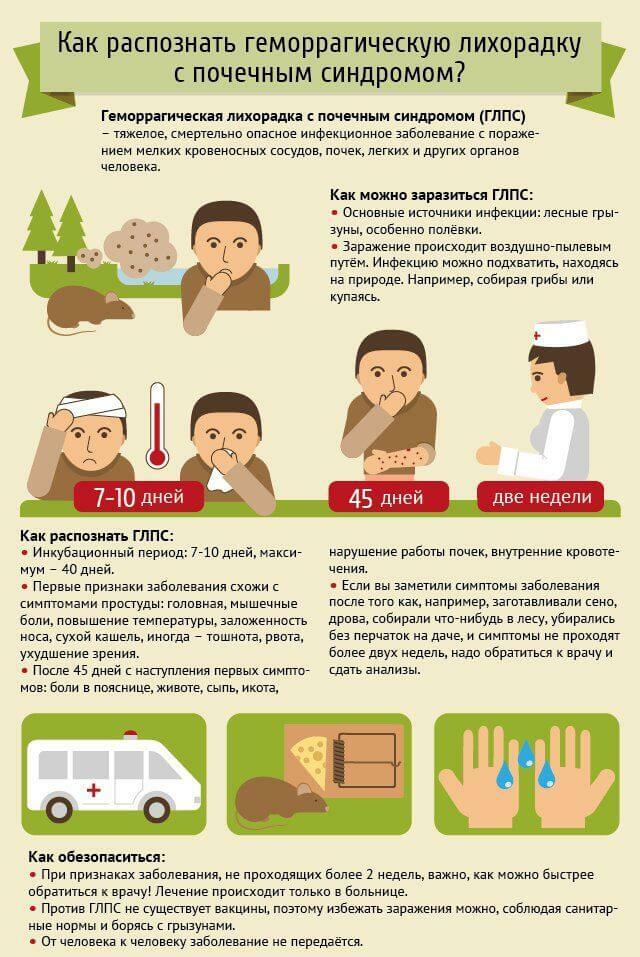Yersiniosis intestinal: clinic, diagnosis, treatment
 Infectious disease of intestinal yersiniosis is characterized by damage to internal systems and organs of the human body, primarily the gastrointestinal tract. Iersiniosis always proceeds in an acute form. Specialists distinguish three types of iersinia, that is, causative agents of the disease. This iersinii, causing pseudotuberculosis, iersiniosis and plague.
Infectious disease of intestinal yersiniosis is characterized by damage to internal systems and organs of the human body, primarily the gastrointestinal tract. Iersiniosis always proceeds in an acute form. Specialists distinguish three types of iersinia, that is, causative agents of the disease. This iersinii, causing pseudotuberculosis, iersiniosis and plague.
Iersinioz intestinal, clinical diagnosis, treatment of which are described below, by symptoms may be similar to symptoms of dysentery, scarlet fever, hepatitis, appendicitis and t. D.
Yersinia quite resistant to the external environment, moreover, they are able to multiply in the refrigerator. Pathogens can stay on the surface of fresh vegetables and fruits for up to two months, they can be destroyed by high temperatures.
Intestinal yersiniosis: to liner
The incubation period of the disease can last for ten days, but usually reaches 1-2 days. Next manifest symptoms suggestive of intestinal damage: gastroenteritis, gastroenterocolitis, enterocolitis, terminal ileitis, mesenteric adenitis, acute appendicitis. Symptomatology of the disease is as follows: persistent or cramping pain localized in different parts of the abdomen, vomiting, nausea, diarrhea, frequent stools( from 2-3 to 15 times per day) with pus, mucus or blood. There are also pronounced signs of general intoxication with an increase in body temperature. With severe form of yersiniosis, dehydration, toxicosis and a decrease in body temperature appear.
In the early stages of the disease there is a small-spot or spot rash on the entire body and limbs, the liver is affected, the meningeal syndrome is formed. Later, myocarditis, nodal erythema, monoarthritis, polyarthritis, iritis, conjunctivitis develop. In some patients, Reiter's syndrome( a combination of conjunctivitis, purulent urethritis and polyarthritis) is formed as an allergic reaction. A blood test shows increased ESR( 20-70 mm / hr) and the presence of neutrophilic leukocytosis.
Iersiniosis can last a fairly long time - up to several months, but at least a week. In the epidemic outbreaks, subclinical and erased forms of the disease are identified.
Intestinal yersiniosis: diagnosis
yersiniosis can diagnose the presence of epidemiological data corresponding to the disease, as well as matching symptoms, in particular, acute or subacute gastroenteritis or enetrite, rash, fever, terminal ileite, appendicitis, mesenteric adenitis.
To distinguish intestinal yersiniosis from pseudotuberculosis of the abdominal form it is usually possible only with the help of laboratory studies. Intestinal yersiniosis is usually characterized by pronounced signs of gastroenteritis or enteritis.
similar symptoms of intestinal yersiniosis and with signs of salmonellosis and dysentery gastroenteriticheskih forms proterioza bowel esherhioza, intestinal stafilokokkoz, because these infections are no specific symptoms. However, intestinal yersiniosis is associated, as a rule, with the use of dishes from vegetables, whereas salmonellosis occurs after eating meat products. But, for example, staphylococcal food bacterial toxics can also be associated with vegetable dishes. For this reason, iersiniosis should be confirmed by laboratory test results.
distinguish intestinal yersiniosis from rotavirus gastroenteritis can be on the following grounds: the last time the disease is present pharyngeal mucosa hyperemia, granularity of the soft palate in the blood is normal erythrocyte sedimentation rate, and leukopenia.
Clinical yersiniosis is similar to adenoviral and enteroviral diseases( ECHO, Coxsackie) in that in all cases diarrhea is observed. However, unlike these diseases, iersiniosis is not accompanied by respiratory syndrome( herpangina, pharyngo-conjunctival fever).In addition, with enteroviral diseases, diarrhea is combined with serous meningitis and a syndrome of epidemic pleurodynia and myalgia.
To distinguish intestinal yersiniosis from cholera, it is possible by the following symptoms: with cholera there are no temperature reactions, there are no pronounced painful sensations in the abdominal region, the stool has a different character. In addition, with yersiniosis, the water-electrolyte balance is moderately disturbed. Distinguish between intestinal yersiniosis and cholera by the results of serological and bacteriological studies, as well as analyzing epidemiological data.
It is important to differentiate yersiniosis from protozoal( giardiasis, amebiasis, balantidiasis), allergic( food idiosyncrasy) and toxic( medicamentous) enterocolitis. When diagnosing yersiniosis, the presence of helminthiases, such as trichocephalus, ascariasis, enterobiosis, should be excluded. Differentiate these diseases only with the help of laboratory research and the collection of epidemiological data.
Irsenious mesenteritis and terminal ileitis should be differentiated from the acute form of appendicitis. For the latter, a combination of intense pain in the iliac region to the right with signs of general intoxication and exanthema is not typical for poor scores of irritation in the peritoneal region or their absence. Often, it is possible to differentiate diseases only with the timely use of laboratory studies of the mesenteric lymph node or the tissues of the appendix during surgical intervention.
Iersiniosis from polyarthritis or rheumatism is characterized by the presence of a combination of diarrhea and arthritic syndrome.
Yersinioz septic form distinguished from the sepsis of other etiologies is quite difficult. However, with yersiniosis, it is practically impossible to detect a sepsis foci, whereas in other diseases it is observed. If it is not possible to detect the origin of sepsis, then the disease is diagnosed by serological methods of detection of antibodies to Yersinia and after blood culture for sterility analysis.
Still, iersiniosis is primarily determined by serological response using a specific diagnosticum in paired sera and by bacteriological analysis of stool. For RA, the diagnostic titer is 1: 80 and above, for RIGA - from 1: 160 and above.
Intestinal yersiniosis: l Treatment
If the disease is mild, then outpatient treatment can be performed, otherwise hospitalization will be required.
With yersiniosis, a doctor will prescribe antibiotics based on the symptoms and results of a laboratory test, which cope well with the disease. In addition, a strict diet is recommended. At a yersiniosis of the serious form use corticosteroids.
In yersiniosis, the abdominal form sometimes requires surgical intervention, in particular, removal of the appendix. After the operation, a course of antibiotics is prescribed.
Symptomatic treatment is also recommended throughout the disease.



